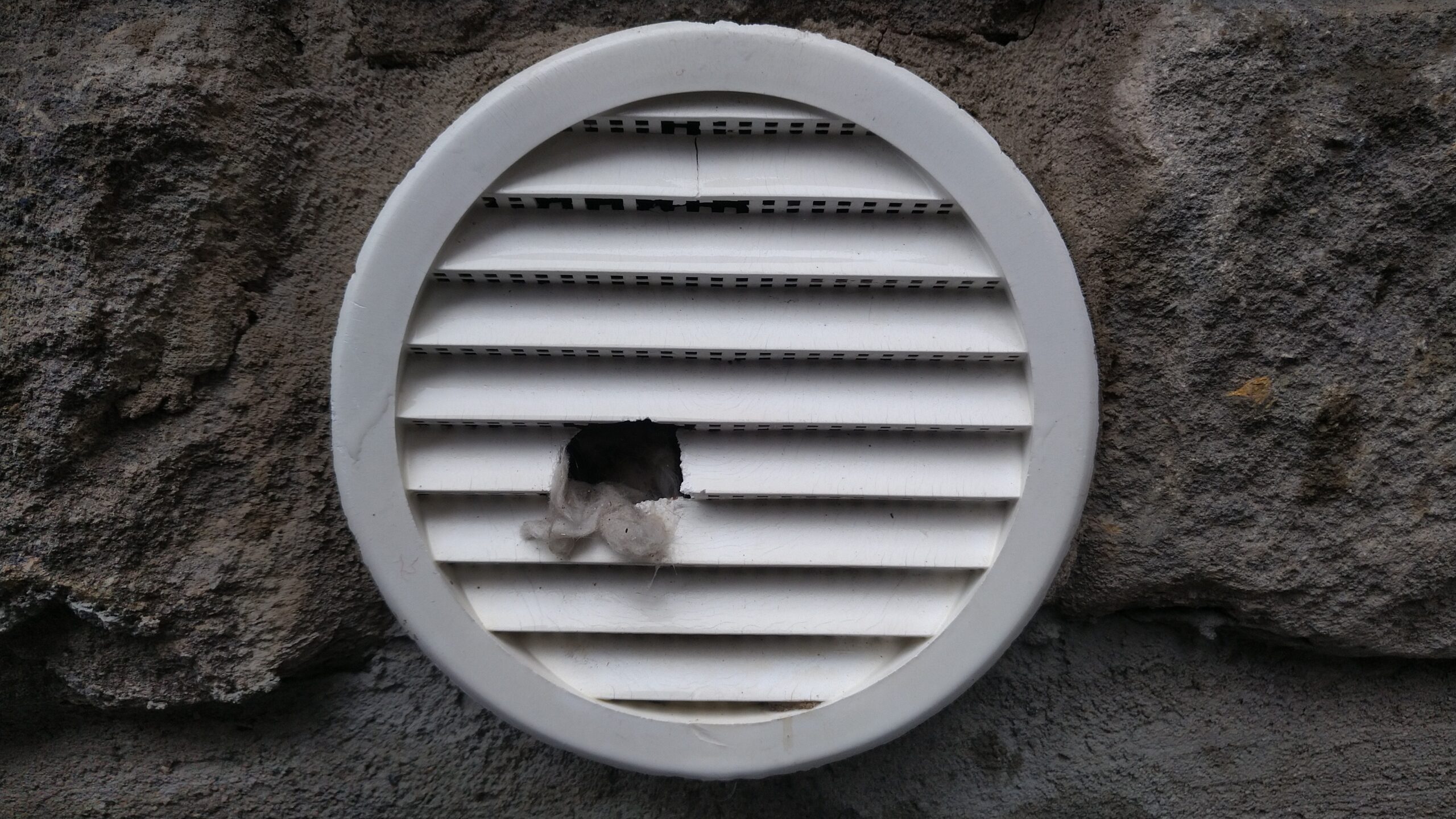
How to Know if you Have Mice?
Human beings have been living with and among mice for centuries. Most often regarded as a pest, mice are found all over the world and their success can be attributed to their intelligence and genetic makeup. Our close relationship with mice began when human beings moved away from hunter gatherers to agrarian societies. Mice figured out pretty early that it was easier to eat the food stored by humans than finding food on their own.
Since then, mice have been a source of stress and discomfort for many humans. For some, the very thought of a mouse running across their counter is enough to drive them crazy. Mice have been successful in part because of their amazing ability to reproduce. Mice reach reproductive maturity in just weeks and a female mouse is capable of producing up to 10 litters per year with 5-6 babies born each time. At that rate, even a very small mouse problem can quickly get out of hand.
WHAT SHOULD I KNOW ABOUT MICE?
Mice frequently live inside the walls and attics of homes to be near to food sources. Mice are omnivores, meaning that they will eat just about anything to survive but mostly prefer grains and seeds. Our homes often have crumbs on the floors and packages that allow easy access for mice, making it a perfect place to settle in and make a nest. Since they can fit in any hole the size of the width of a pencil, new and old homes are equally as susceptible to mice making their way indoors. Knowing that mice reproduce every 21 days, 2 mice can become an infestation of hundreds very quickly.
Mice are active mostly at night and in most cases will shy away from well-lit areas. They are able to come and go quietly and can go unnoticed for years. As a result, most homeowners are unaware that behind their walls they may be playing host to a party of furry revelers.
Here are just some of the ways that homeowners learn they have a mouse infestation:
SEEING MICE
Witnessing a mouse scurrying across the floor is by far the most definitive way to discover a mouse problem. Mice are not solitary animals. Seeing a single mouse in the living space is only a symptom of a larger problem taking place in your basement, walls or attic.
Mice are low in the food chain and for safety prefer to remain in dark and confined spaces hidden from potential threats. A mouse will only venture into an open space as an act of desperation, usually because food has become scarce.
DROPPINGS AND URINE

Mice urinate and defecate continuously throughout the day leaving behind droppings wherever they travel. House mice produce an astounding 50-75 droppings per day. Homeowners suffering from a mouse infestation will find mouse feces in cupboards, below appliances and everywhere else the mice have traveled. They are typically black in colour and shaped like pellets with pointed ends. Their urine can stain and leave behind nasty odours.
SOUNDS
Mice are most often heard in the evening and at night when the house is quiet. Scratching and scurrying heard from ceilings and wall voids in the dead of night tends to amplify. For this reason, the sounds produced by mice are often mistaken for much larger animals like raccoons and squirrels. In some cases the squeaking produced by mice is heard.
One way to tell if you are hearing mice is to tap your hand on the wall where you hear the noise. In most cases, the noises will stop temporarily only to begin again shortly after.
GNAWING AND CHEWING

Like all rodents, mice must continually chew and gnaw to wear down their incisors. For their size, mice have incredibly powerful teeth capable of chewing through food packaging, plastic and even wood. Mice will create circular holes 1 ½ inches in diameter to access food and form openings to travel. Their chewing of electrical wires can create serious fire hazards.
TUNNELS AND NESTS
Mice create their nests by shredding and gathering fibrous materials like paper, cushions and insulation. Golf balls sized holes in your attic’s insulation indicate mouse tunneling. Mice prefer to nest in warm areas like your attic or near appliances that produce heat including stoves, dishwashers, furnaces and water heaters.
SO YOU HAVE MICE, NOW WHAT?
Since mice reproduce at such an alarming rate, a simple DIY solution is not effective. Traps and poison are inhumane removal methods that only put a bandaid over a much larger issue. In order to make your house mouse free for the future, you should always hire professionals. Skedaddle Humane Wildlife Control has a three part system that removes all mice, and the mess they have left behind. Considering the amount of mice that can quickly appear in home through reproduction, the mess gets big fast. The last step protects your home from any future mice problems by sealing every entry point shut. Call 1-888-592-0387 to find out about our unique mouse removal solutions.
CALL US TODAY
1.888.592.0387
OR
Request for Services



FOLLOW US